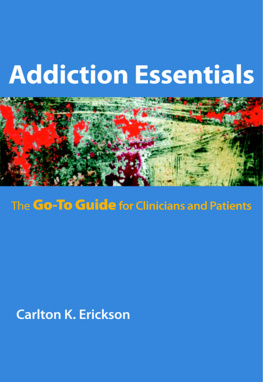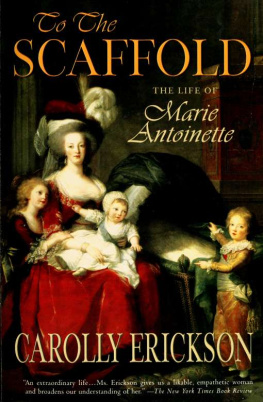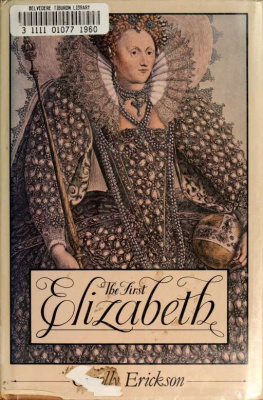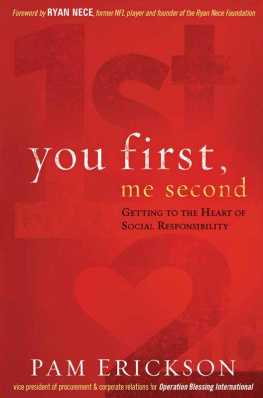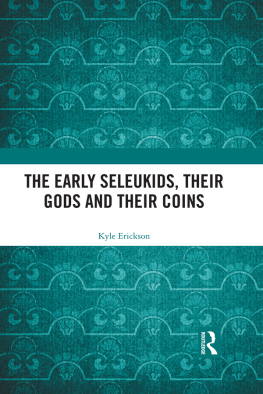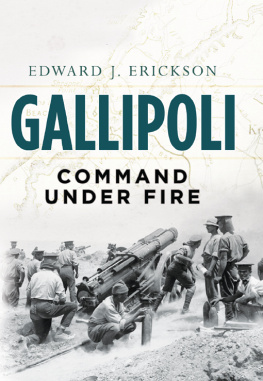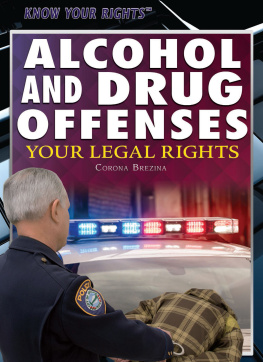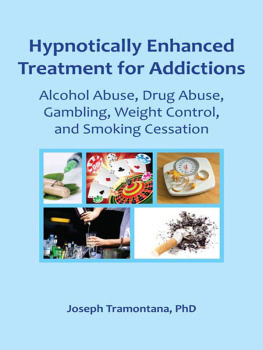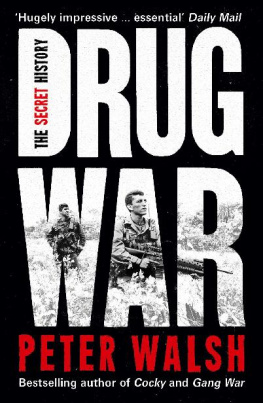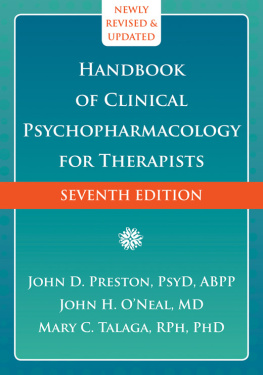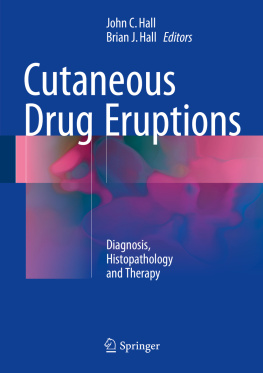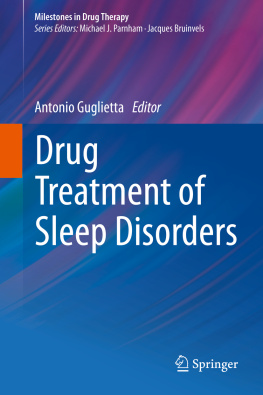Addiction Essentials
The Go-To Guide for Clinicians and Patients
CARLTON K. ERICKSON

W.W. NORTON & COMPANY
NEW YORK LONDON
Copyright 2011 by Carlton K. Erickson
All rights reserved
For information about permission to reproduce selections from this book, write to Permissions, W. W. Norton & Company, Inc., 500 Fifth Avenue, New York, NY 10110
Production manager: Leeann Graham
Library of Congress Cataloging-in-Publication Data
Erickson, Carlton K.
Addiction essentials: the go-to guide for clinicians and patients / Carlton K. Erickson.1st ed.
p. cm.
Includes bibliographical references and index.
ISBN: 978-0-393-70742-7
1. Substance abuseHandbooks, manuals, etc. I. Title.
RC564.15.E75 2010
616.86dc22 2010054020
W. W. Norton & Company, Inc., 500 Fifth Avenue, New York, N.Y. 10110
www.wwnorton.com
W. W. Norton & Company Ltd., Castle House, 75/76 Wells Street, London W1T 3QT
The dedication in my last book to my family can now be expanded, since we have grown. To my giving and beautiful wife, Eunice, and our children, their spouses, and our grandchildren: Steig (Sheri, Emma, Austin, and Jacob); Dirk (Jennifer, Garrett, and Adalyn); Annika Bennett (Bill, Hunter, Luke, and Blaise); and Hans (Mandy, Hayden, and Kennedy)this book is dedicated to you. (If I write another book in the future, I expect this list will be even longer, as we become even more blessed!)
Contents
with Peter J. Pociluyko, MA, CASAC, CCS
with Mark Evan Goldman, PhD
with Mark Evan Goldman, Ph.D.
with Mark Evan Goldman, PhD
with Peter J. Pociluyko, MA, CASAC, CCS
with Peter J. Pociluyko, MA, CASAC, CCS
with Mark Evan Goldman, PhD
with Peter J. Pociluyko, MA, CASAC, CCS
with Peter J. Pociluyko, MA, CASAC, CCS
with Peter J. Pociluyko, MA, CASAC, CCS
with Peter J. Pociluyko, MA, CASAC, CCS
with Peter J. Pociluyko, MA, CASAC, CCS
Acknowledgments
As a pharmacologist and former mouse researcher, and as a nonrecovering person and an addiction science educator, I am fortunate to have the privilege of interacting with key people within and outside the science community. From the best alcohol and drug researchers, to CEOs and presidents of major treatment centers, to people in recovery around the world, my presentations and writings have been influenced by their shared knowledge, insight, and friendship. I interact almost daily with other research scientists, with my colleagues and friends on the executive council of the Betty Ford Institute, with my colleagues at the Hazelden Foundation, and with my many close friends in recovery. All of this input has helped me to have a unique perspective, as an educator, on the interface among those in the throes of alcohol and other drug addiction, those in recovery from this disease, and those who are studying its causes. Anytime I see a clinician nodding in approval when I mention a new research breakthrough, I know that something magical happens when the science explains the symptoms. For decades, it seems that those who were working on treating people with alcohol and drug problems had no use for research. It was as if they were saying, we have all the tools to help, and you scientists are just spending money that could better be used for treatment. Today, evidence-based programs are beginning to dominate treatment philosophy and outcomes. Even though 12-step programs still predominate in helping people with addiction, as they should at this point in history, people now understand that new scientific findings are helping those who cannot or will not be helped by 12-step programs. It is the education of the clinicians and their patients by scientists who are making this happen.
My close friends in recovery every day remind me of the importance of spreading new science to clinicians and students, as well as to the public. John O., Hank M., Mike R., John A., and Kyle E.you are the inspiration behind my work.
Two colleagues, both of whom are premier educators, have helped make this book a reality. My first graduate student at the University of Texas at Austin, Mark Evan Goldman, is now a distinguished scientist in his own right living in San Diego. He volunteered to help me write several of the chapters in this book. Mark and I of course think much alike, and he wrote chapters where I was lagging, and even gave me a draft of a chapter that neither he nor I knew much about so that I could finish it. On the other side of the country, my longtime colleague in Albany, Peter Pociluyko, is one of the best clinician-educators I have ever met. Peter had helped me with the clinical vignettes in my last book, so I was aware of his clinical knowledge and accuracy, two characteristics that were critical in writing this book. Peter was able to contribute with those chapters where I was not an expert. Both of these gentlemen insisted not only on helping me write the book, but also on helping me edit it, and to have a final look at the chapters before sending it to the publisher. I will forever be indebted to these two Samaritans who unselfishly added to the excellence of this manuscript.
While many of my colleagues are still searching for book publishers, somehow the people at W.W. Norton saw something in my knowledge and writing that caused them to take a chance on me to write a second book for them. This is to my advantage, since Deborah Malmud is the kind of editor every author would like: supportive, respectful, and knowledgeable. It was her initiative that pointed me in the direction of this book, which is much different from my previous Norton book, The Science of Addiction: From Neurobiology to Treatment (2007). This new book is much broader, has a different audience, and was a bigger challenge to write because of its breadth and depth in several areas of addiction in which I was not trained. Thank you, Deborah.
C ARLTON K. E RICKSON , P H D
Austin, Texas
Addiction Essentials
The Go-To Guide
CHAPTER 1
Causes of Addiction
PATIENTS OVERVIEW
The patient should understand that research in the areas of neurobiology and genetics has now reached a point where we know many of the causes of the disease of chemical dependence. This is not the same as drug abuse. The disease of chemical dependence has a very large genetic component, whichwhen combined with prolonged use of a drugleads to neuroadaptation of the brains reward or pleasure pathway (the mesolimbic dopamine system [MDS]). Neuroadaptation is the cause of the pathways dysregulation, leading to abnormal messages being sent to the frontal lobes. Thus the frontal lobes fail to act to control drug use, and the person suffers from an inability to control impulses associated with drug use. This is the brain disease of chemical dependence, loosely called addiction.
W hen discussing the causes of addiction, it is first important to understand what addiction is and what it is not. Addiction is a term that is widely misunderstood by most people. When a U.S. president states that our nation is addicted to oil, most people understand that the United States has a fixation on oil or that the nation is heavily dependent on oil as a source of energy. Heroin addiction is known by most people to be a case where heroin users develop a habit of using heroin or just that people use heroin, an illegal drug. People with a tanning-booth addiction are thought to use tanning booths so much that their risk for skin cancer increases. BlackBerry addiction has recently prompted people to refer to the device as a CrackBerry. Finally, we know, because of newspaper and magazine articles, that the following have been called addictions: love of rugs, love of lingerie, love of certain flavors of ice cream or candy, love of exercise, love of food, love of computers, love of pornography, love of videogames, to name a few.

